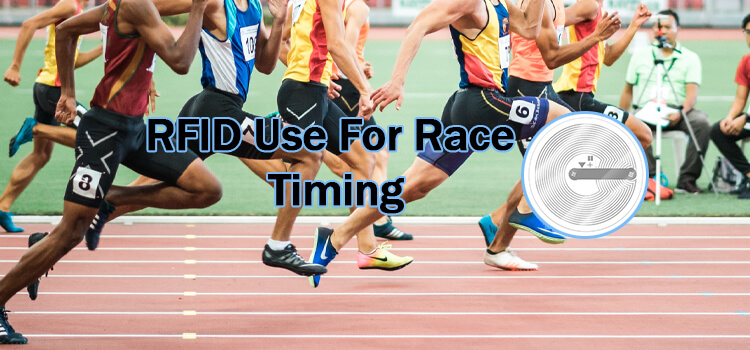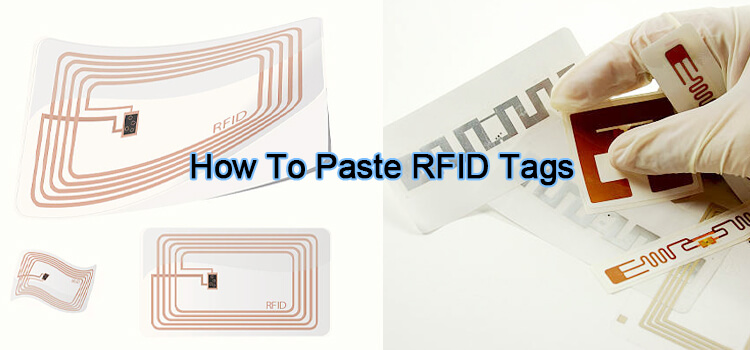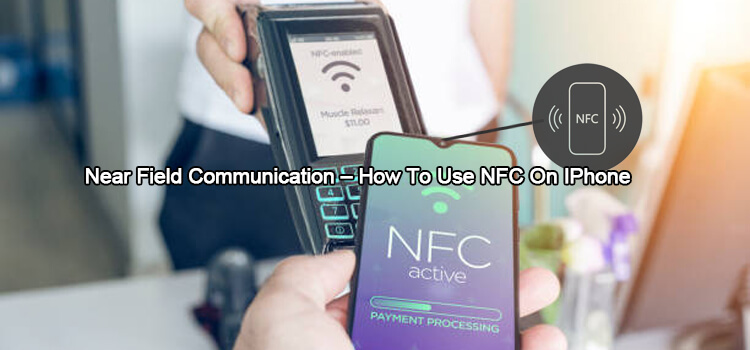Radio Frequency Identification (RFID) is a common technology in racing and athletics. It is a convenient way to time races, as it does not require the participant to stop and record their time manually.
RFID tags are placed on the runners’ bibs, and the time is automatically recorded when they cross the finish line. RFID technology is also being used for other race-related tasks, such as tracking runners’ movements and providing information about the racecourse.
What is RFID Technology, and How Does It Work?
RFID technology uses radio waves to identify objects. An RFID tag contains a microchip and an antenna. When the tag comes close to a reader, the chip transmits information to the reader.
The data that is transmitted can include the object’s unique identifier or any other information about the object. This information can be used to track the object’s movements or to control access to it.
RFID readers can be handheld or fixed in place, and they can be used indoors or outdoors.
How is RFID Used for Race Timing?
An RFID system for race timing comprises the following components:
- RFID tags, which are attached to the runners’ bibs
- An RFID reader, which is used to read the tags as the runners cross the finish line
- A computer, which records the time data from the reader
The tags are small and lightweight, and they do not require a battery. They are designed to be read by RFID readers from a distance. As such, the reader does not need to be in direct contact with the tag.
The RFID reader sends the time data to the computer, and it records it and displays it on a screen. The results can also be printed out for further analysis.
How is RFID Used in Race Management?
RFID technology is also being used for other race-related tasks, such as tracking runners’ movements and providing information about the racecourse.
The tags can be placed on objects that are located around the course, such as signs, barriers, and mile markers. This allows race organizers to track the runners’ movements and see how they are interacting with the course.
RFID can also be used to provide information about the course, such as the distance between two points or the elevation changes. This information can be displayed on a screen or printed out for the participants.
What are the Benefits of RFID Use for Race Tracking?
- Accurate Timings. The RFID system provides an accurate record of the time at which each runner crossed the finish line. This eliminates the need for manual recording of times, which can be inaccurate.
- Real-Time Tracking. The RFID system can track the location of runners in real-time. This allows race organizers to see how runners are interacting with the course and make changes if necessary.
- Efficient Course Management. RFID can be used to provide information about the course, such as the distance between two points or the elevation changes. This information can be used to improve the efficiency of the racecourse.
- Convenient for Participants. The RFID system is convenient for participants, as it does not require them to stop and record their time manually. It is small and lightweight, and it does not require a battery.
- Reduce Errors. The use of RFID can help to reduce the number of errors that occur in race timing. This can help to improve the accuracy of the race results.
- Solve Timing Disputes. The RFID system can help solve timing disputes by providing an accurate record of the time each runner crossed the finish line.
- Provide Event Stats. The RFID system can be used to provide event stats, such as the number of runners who participated in the race, their average time, and the distribution of times across all participants. This information can be used to improve future races.
What are the Challenges of RFID Use for Race Tracking?
The main challenge of RFID use for race tracking is ensuring that the tags are readable from a distance. If the tags cannot be read properly, the time data will not be accurate.
There is also the potential for interference between tags and readers, which can lead to inaccurate data. This can be resolved by using multiple readers or by placing the readers in different locations around the course.
Another challenge is ensuring that the computer is properly calibrated to record the data correctly. This can be done by testing the system before the race.
Finally, there is the cost of RFID tags and readers. However, this cost can be offset by the benefits that RFID provides.
The Future of RFID Use for Race Timing/ Emerging Issues
RFID technology is constantly evolving, and the future of RFID use for race timing is uncertain. However, some possible uses of RFID include the following:
- The Use of RFID to Provide Heat Maps in Races. RFID can be used to provide heat maps in races, which show the location of runners at different points in the race. This information can be used to improve the course design. It also shows the behavior of athletes, including their starting, their peak speed, and how they slowed down.
- RFID and Wearable Technology. RFID can be used in combination with wearable technology, such as smart watches and fitness trackers. This allows runners to track their progress during the race and see how they are performing against their personal best.
- The Use of RFID for Automatic Race Registration. Athletes can wear silicone RFID wristbands/bracelets. Once the reader scans them, they will automatically be registered for the race. This eliminates the need for manual registration, which can be time-consuming.
There are many possible uses of RFID for race tracking/timing, and the future of RFID is uncertain. However, RFID has the potential to improve race timing and results.





